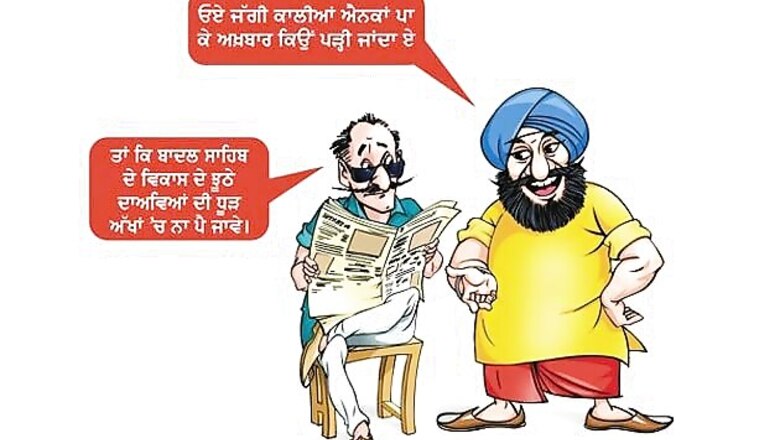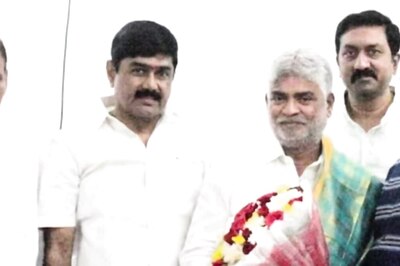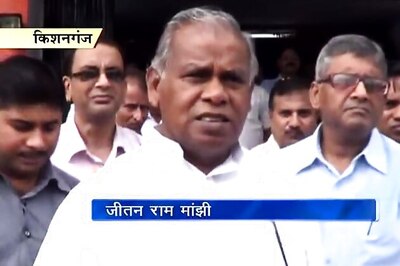
views
While the Uttar Pradesh elections hog the lion's share of coverage in national media, the Punjab elections are proving to be the more colourful of the two. YouTube, Facebook, and other media platforms are full of the hilarious conversations between cartoon characters Jeeta and Jaggi created by the Congress, who take pot shots at the failings of the SAD–BJP (Shiromani Akali Dal-Bharatiya Janata Party) government. SAD has responded through their caricatures Jhootha and Thaggi.
Not to lose out in the race to attract the voters, People's Party of Punjab (PPP), a break-away group of SAD led by Chief Minister Parkash Singh Badal's nephew, Manpreet Badal, has launched a song on the lines of Kolaveri Di titled PPP.
But political satire apart, the 2012 election is already being considered to be a landmark in the state's troubled history. "In the post-terrorism phase, this is the first time that the emotive 'Panthik' (or Sikh identity) issues are no longer the top concern. Instead, development and governance reforms are the central issues. That is a very healthy trend," says Pramod Kumar, director of Institute of Development and Communication in Chandigarh.
The elections are also significant as they will showcase, for the last time, the battle among two heavyweights in Punjab politics: Parkash Singh Badal, the outgoing chief minister, and Congress' Amrinder Singh. Both have indicated that this will be their last elections.
Equally crucial will be the battle between Parkash's son (Sukhbir) and his nephew (Manpreet) as the two younger leaders vie for the Akali legacy.
Moreover, for the first time, a secular Third Front has emerged with the tie-up between PPP led by Manpreet Badal and the left parties.
Yet, notwithstanding the centrality of development issues in this elections, most political observers have little hope that the resulting government will bring about the "paradigm shift" that is required to solve the real issues in Punjab.
"Punjab needs a new model of growth and most parties have only suggested cosmetic changes," says Jagtar Singh, former journalist and author of Khalistan: A Non-Movement.
Such a change will involve inducing a change in the cropping pattern from wheat and rice to citrus fruits, horticulture, dairy, etc. Punjab has been reeling under the excesses of intensive use of chemical inputs. The image of a prosperous farming community now stands blighted by the alarming incidence of cancer (due to groundwater contamination) and indebtedness. The per capita income has been falling steadily as have the avenues for industrial growth. Among social indicators like education, while Punjab has the third best physical infrastructure among all states, it slips to number 26 in terms of quality of outcomes.
Since 1972, Punjab voters have switched between the Congress and SAD every single election. Most observers feel that the Congress is likely to regain power this time, but they are not sure whether this alone will address the real issues at hand in Punjab.


















Comments
0 comment